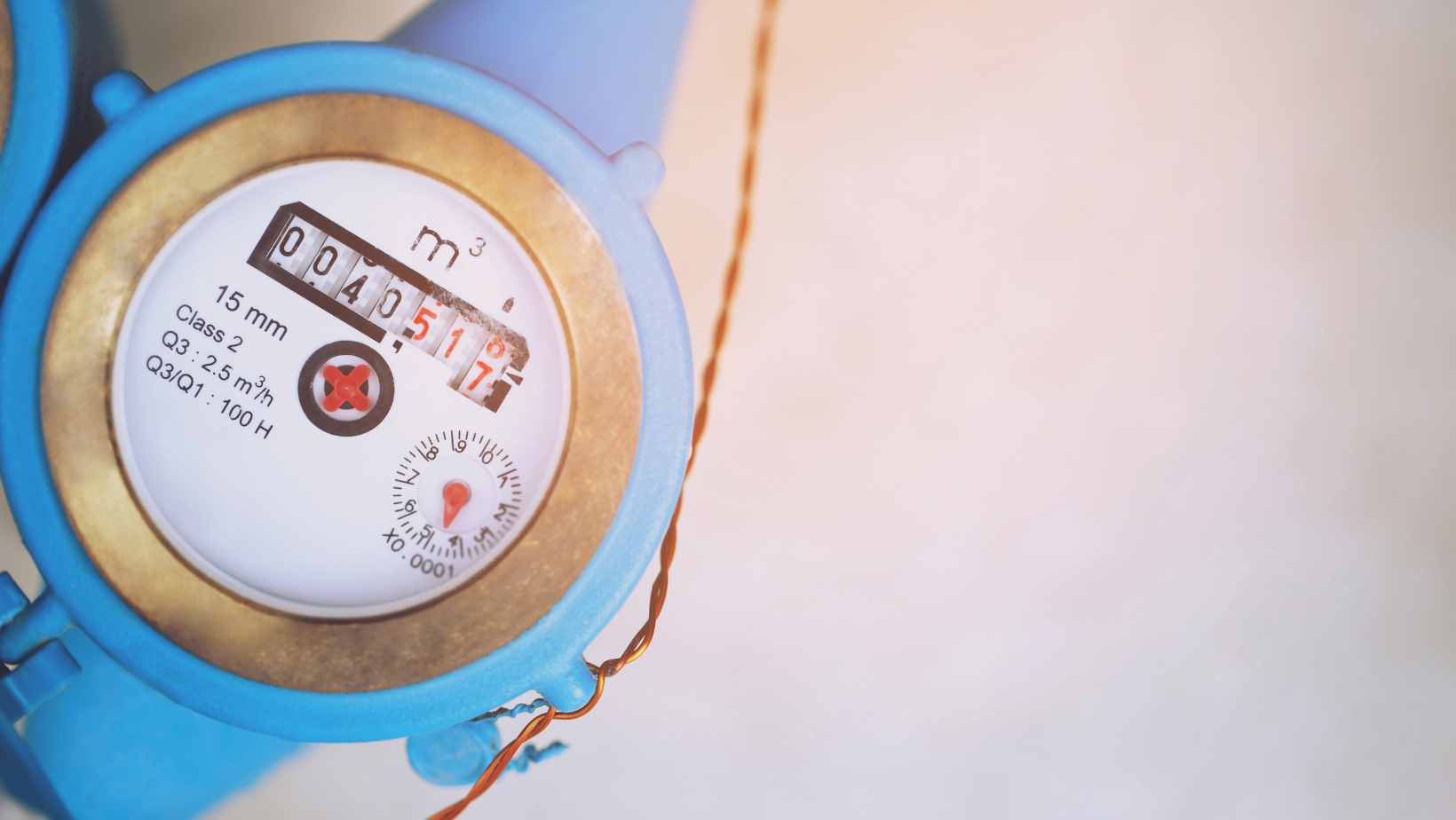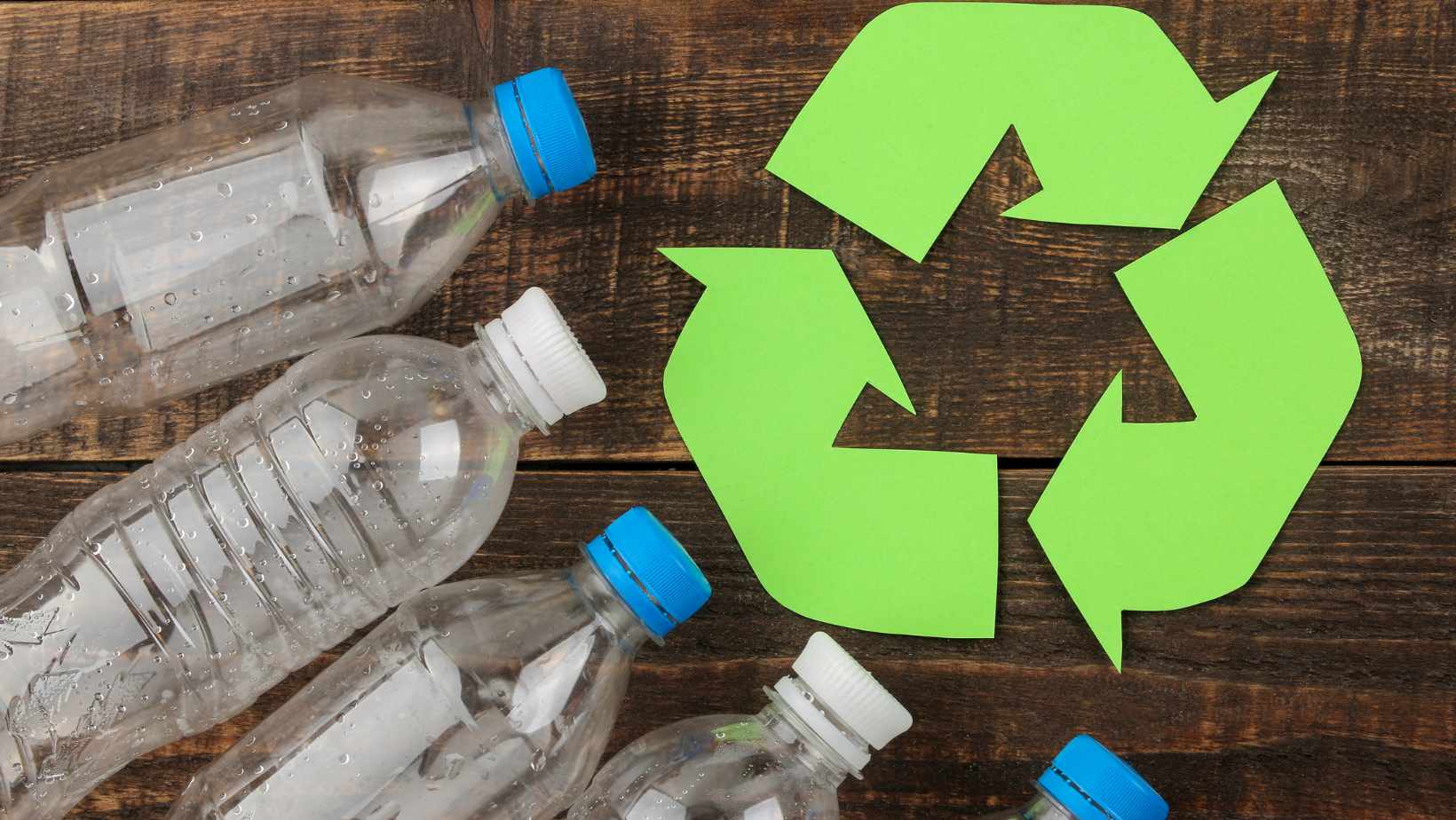Different Sizes Of How Many Ml In a Flask

How many milliliters are in a flask? This is a common question for those who work in laboratories or enjoy experimenting with mixology. The answer depends on the size of the flask, as flasks come in various capacities ranging from small to large.
Flasks are typically labeled with their volume capacity, which is measured in milliliters (ml). A standard laboratory flask can hold anywhere from 25 ml to 5,000 ml or more. It’s essential to know the volume of your flask before conducting any experiments or preparing specific recipes that require precise measurements.
How Many Ml In a Flask
Types of Flasks and Their Varying Capacities
When it comes to flasks, there is a wide range of sizes available, each with its own unique capacity. Understanding the different types of flasks and their varying capacities can help you choose the right one for your specific needs.
- Erlenmeyer Flask: This conical-shaped flask is commonly used in chemistry laboratories. It typically comes in sizes ranging from 50 mL to 5,000 mL (or 5 liters), with smaller increments available as well. The capacity of an Erlenmeyer flask is measured up to the graduation marks on the side.
- Volumetric Flask: Volumetric flasks are designed with a narrow neck and a flat bottom. They are used for precise measurements and preparing solutions of known concentration. These flasks come in various sizes, including 10 mL, 25 mL, 50 mL, 100 mL, and so on, up to larger volumes like 500 mL or even 1 liter.
- Round Bottom Flask: Also known as a boiling flask or Florence flask, this type features a round bottom that allows for uniform heating when placed on a heating source such as a Bunsen burner or hot plate. Round bottom flasks come in various capacities ranging from small sizes like 25 mL to larger ones exceeding several liters.
Understanding Flask Sizes and Measurements
Flask sizes are indicated by their total capacity in milliliters (mL). It’s important to note that the stated volume refers to the maximum amount that the flask can hold when filled up completely without any air space remaining at the top.
To accurately measure liquids using a flask, it’s crucial to read the volume at eye level while ensuring that no liquid adheres to the inner walls above or below the meniscus (the curved surface of the liquid). This can affect the accuracy of your measurements.

Understanding the Metric System of Measurement
The Metric System: A Brief Overview
The metric system is a decimal-based system of measurement that is widely used around the world. It provides a consistent and standardized way to measure quantities such as length, volume, and weight. Unlike other systems of measurement, which can be complex and inconsistent, the metric system is based on multiples of 10, making it easy to convert between units.
The metric system was first introduced in France during the late 18th century and has since become the international standard for scientific and everyday measurements. It offers several advantages over other systems, including its simplicity, ease of use, and compatibility with mathematical calculations.
Key Units of Measurement in the Metric System
In the metric system, there are basic units for different types of measurements. Here are some key units you should be familiar with:
- Meter (m): The meter is used to measure length or distance. It is equivalent to approximately 39.37 inches.
- Gram (g): The gram is the unit for measuring mass or weight. One gram is equal to about 0.035 ounces.
- Liter (L): The liter is used for measuring volume or capacity. It’s roughly equivalent to 33.81 fluid ounces.




